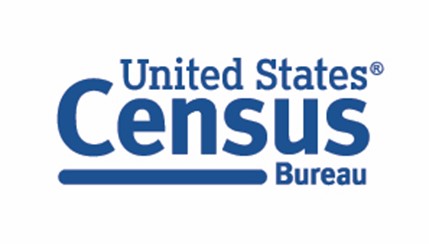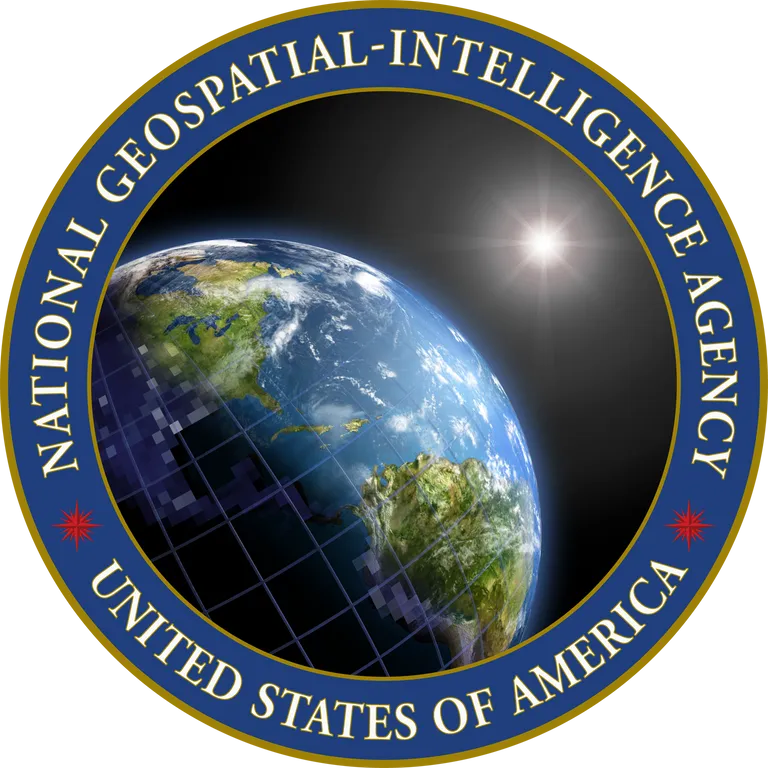About USGEO
The United States was instrumental in the formation of the Group on Earth Observations (GEO). The initiative began in 2003 with the first Earth Observation Summit (EOS) in July, in Washington DC, that brought together 34 members and 20 International Organizations. The second EOS was held in 2004, in Tokyo where 47 members, the European Commission and 26 International Organizations came together. The final EOS was held in February 2005, in Brussels where 60 members, the EC and 35 International Organizations where the concept of integrated Earth observations achieved international prominence with the establishment of the intergovernmental GEO and its agreement to build a Global Earth Observation System of Systems (GEOSS) over 10 years. The first GEO Ministerial Summit was held in November 2007, Cape Town.
Concurrent with the establishment of GEO, the White House Office of Science and Technology Policy (OSTP) formed a working group on Earth observations under the National Science and Technology Council (NSTC), which published its Strategic Plan for the U.S. Integrated Earth Observation System (IEOS) in late 2005 as the U.S. national contribution to GEOSS. This working group was later re-constituted as USGEO and was chartered to begin implementing the U.S. IEOS and to serve as the national coordination mechanism for making input to GEOSS In 2010, USGEO delivered to Congress, the report, “Achieving and Sustaining Earth Observations: A Preliminary Plan Based on a Strategic Assessment by the U.S. Group on Earth Observations”, a strategic approach to enhancing our capacity to observe our home planet and its interconnected atmospheric, geologic, and environmental systems. The work from 2005-2011 culminated in the National Earth Observation Task Force. The National Earth Observation Task Force, was established in response to Congressional language to create a mechanism and a process that would lead to the establishment of a National Strategy and Governance plan for Earth Observations. Chaired by OSTP, NOAA, NASA and USGS. The task force completed the National Strategy for Civil Earth Observations in 2013 and rechartered the USGEO subcommittee, giving it more responsibilities with regard to the domestic Earth observation portfolio in addition to its representation to GEO.
How is USGEO organized?
USGEO is co-chaired by OSTP, along with the National Aeronautics and Space Administration (NASA), the National Oceanic and Atmospheric Administration (NOAA), and the U.S. Geological Survey (USGS). Its membership consists of Federal Agencies and components of the Executive Office of the President.




